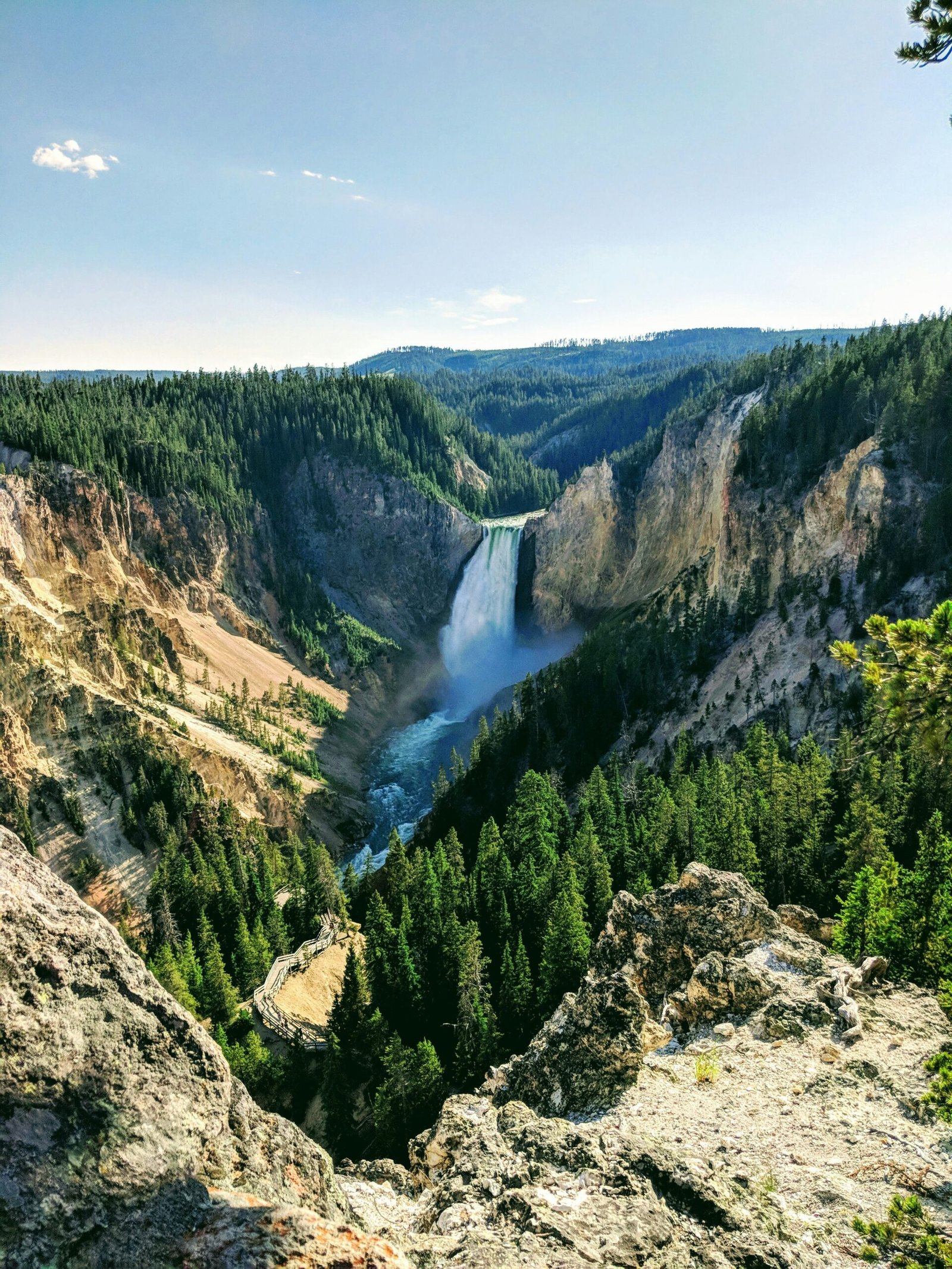On March 1, 1872, a historic event took place that would forever change the course of conservation and environmental protection. President Ulysses S. Grant signed the Yellowstone National Park Protection Act into law, designating Yellowstone as the world’s first national park. This momentous occasion marked the beginning of a global movement to preserve and protect our natural wonders for future generations.
Yellowstone National Park, located primarily in the U.S. states of Wyoming, Montana, and Idaho, spans over 2 million acres of pristine wilderness in the American West. The park is renowned for its breathtaking landscapes, including majestic mountains, sprawling forests, and vast meadows. However, it is the park’s unique geological features that truly set it apart.
Yellowstone is home to one of the world’s largest active volcanic systems, which fuels its famous geysers, hot springs, and mud pots. The most iconic of these geothermal wonders is Old Faithful, a geyser that erupts with remarkable regularity, captivating visitors from around the globe.
But it wasn’t just the awe-inspiring natural beauty that led to the establishment of Yellowstone as a national park. The area’s abundant wildlife, including grizzly bears, wolves, and herds of bison and elk, also played a significant role. The protection of these species and their habitats became a central focus of the Yellowstone National Park Protection Act.
Before Yellowstone was designated as a national park, the concept of preserving land for its natural value was virtually unheard of. The idea that such a vast expanse of wilderness could be set aside for the enjoyment and education of the public was revolutionary.
The movement to establish Yellowstone as a national park gained momentum in the late 19th century, thanks in large part to the efforts of a group of explorers and conservationists. These individuals recognized the need to protect the area from exploitation and sought to preserve it for future generations.
One of the key figures in the establishment of Yellowstone National Park was Ferdinand V. Hayden, a geologist and surveyor. Hayden led several expeditions to the region, documenting its natural wonders and advocating for its preservation. His detailed reports and stunning photographs helped to raise awareness and garner support for the creation of the park.
Another influential figure was Nathaniel P. Langford, a former Montana Territory governor and member of Hayden’s expeditions. Langford’s passionate advocacy for the park, combined with his vivid descriptions of its beauty, captivated the public’s imagination and inspired them to support the cause.
With the signing of the Yellowstone National Park Protection Act, the United States set a precedent for the conservation of natural landscapes. The act established a framework for the creation of national parks, not just within the country but also around the world.
Since Yellowstone’s designation as a national park, the concept of preserving natural areas for their intrinsic value has gained widespread recognition. Today, there are over 6,000 national parks worldwide, each contributing to the conservation and protection of our planet’s most precious ecosystems.
Yellowstone National Park remains a testament to the power of preservation and the importance of safeguarding our natural heritage. It continues to attract millions of visitors each year, who come to marvel at its geothermal wonders, explore its vast wilderness, and witness its incredible wildlife.
As we celebrate the 150th anniversary of Yellowstone National Park’s designation, let us reflect on the significance of this historic event. It was on March 1, 1872, that the world’s first national park was born, setting the stage for a global movement to protect and conserve our natural treasures for generations to come.
SEO Excerpt:
On March 1, 1872, Yellowstone National Park was designated as the world’s first national park, sparking a global conservation movement. President Ulysses S. Grant signed the Yellowstone National Park Protection Act into law, preserving over 2 million acres of wilderness in the American West. This groundbreaking act aimed to protect the park’s stunning natural features, such as geysers, hot springs, and diverse wildlife, setting a precedent for the creation of national parks worldwide.
External References:
1. Yellowstone National Park – National Park Service
2. Yellowstone National Park – National Geographic
3. How Yellowstone Became Our First National Park – Smithsonian Magazine

